Strategy Breakdown: The Men’s 70.3 Worlds Race
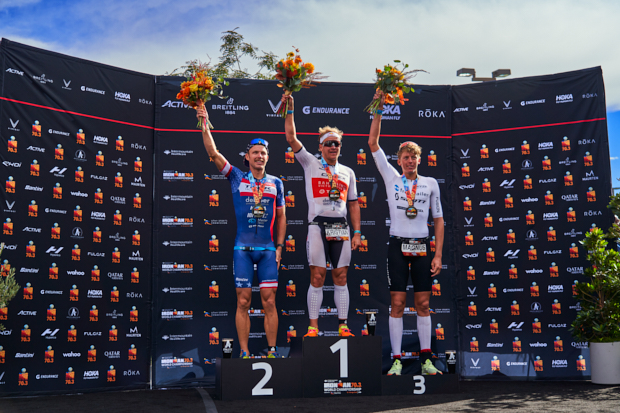
Championship racing is often a game of chess. It becomes less about who can grind it out the hardest for the duration of the race, but rather who can foresee the moves of their opponents before they make them and have a strategy of how to react when they do.
There is no greater comparison to this than championship racing in track and field. For championship races, distance runners will train very specifically for the last lap of the 5000 or 10000 meter race. Rather than attempting to break world records, racers chose to sit in and sometimes run at pedestrian paces because they don’t want to be the first runner to make a move. One of the most notable track and field finishes was at the 2012 London Olympics where Mo Farah and Galen Rupp took 1-2 in the 10k run, closing in 53 seconds for their last lap. A few days before, their coach Alberto Salazar (despite his controversy) had Mo and Galen run very short sprints on concrete to induce a loading pattern in their muscles to help increase muscle responsiveness for the closing lap of the 10k final. It is that type of specificity that wins gold at a world championship event, and it seems we are seeing more and more of these types of training strategies at play in the sport of triathlon.
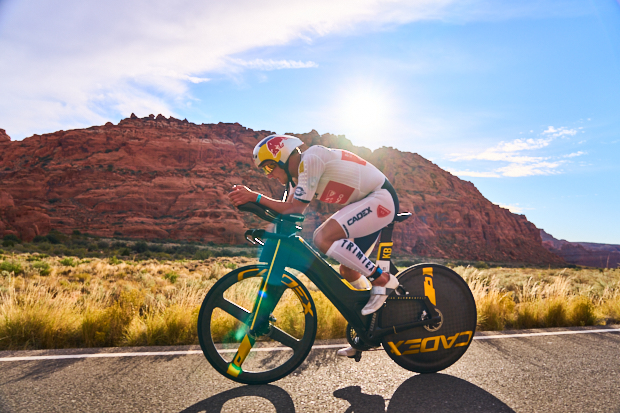
It goes without saying, Kristian Blummenfelt is world class when it comes to strategy. While much shorter than the Ironman World Championship he competed in just three weeks prior, 70.3 Worlds was just long enough that he still knew he needed to play the long game in order to have energy to make the right moves when they counted. Kristian is just a good enough swimmer to be able to sit in with the front pack of the swim, and smart enough not to go for heroics on the bike by trading off with Ditlev, Kanute, Taagholt, and Funk. It wasn’t until the run that we saw Kristian take the lead, only to sit very smartly on the heels of Ben Kanute until he was able to use his powerful loping stride to drop him on the run-in downhill back to the finish. We watched Kristian make every effort to conserve his energy until the moment when it counted the most.
But Kristian wasn’t the only racer who had strategy in mind.
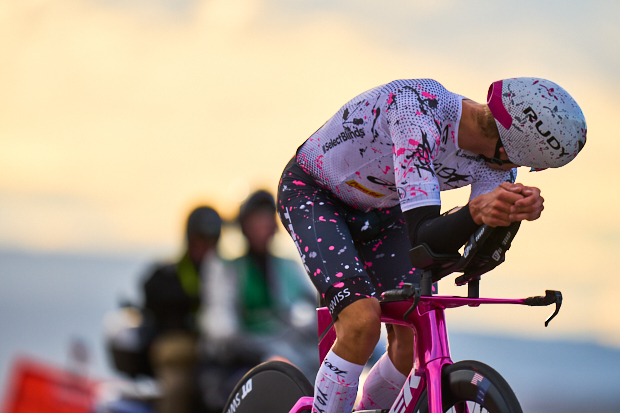
In the men’s race especially, despite how short the swim is, it has become a make or break situation. On one hand, these men have to have a certain level of fitness to keep up with a pack on the swim. If they spend too much much energy chasing on the swim or lose too much time by coming out of the water too far back, those one or two minutes lost on the swim could amount to 5+ minutes lost on the bike, especially when their main contenders are working together in a legally-spaced pack dynamic on the bike.
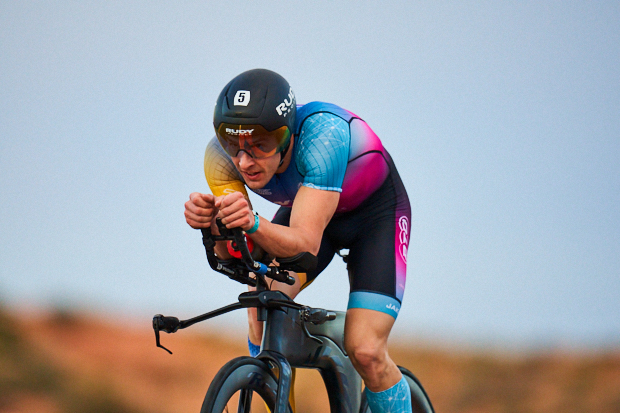
Interestingly, many of the men decided to forego cold-weather gear in T1 in an effort to either create a larger gap that they gained from the swim or close the gap if they came out from behind. Due to a warmer day compared to the start of the women’s race the day prior, many of these men made the strategically correct move to save time in T1 by limiting additional cold weather gear.
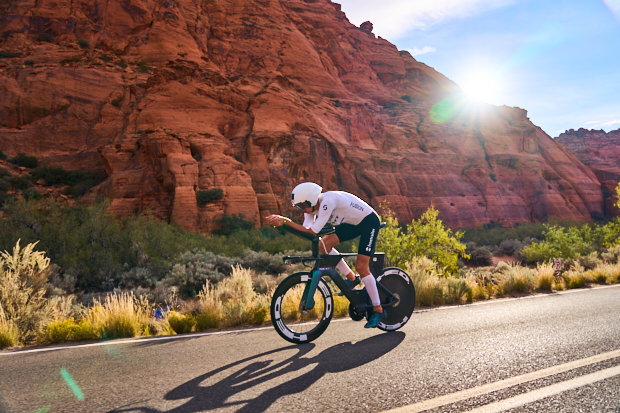
The bike portion of last weekend's race was no different from any other Ironman or 70.3 race, aside from the pace. As expected, the men formed distinct lead and chase packs that had primary drivers at the helm. Magnus Ditlev and Kristian Blummenfelt pushed the front pack of the race, with Magnus finishing with a race-leading 1:59:59 split. Thor Bendix Madsen led the charge for a large chase pack that consisted of anywhere from 7 to 15 riders through the duration of the bike. As mentioned, different from other 70.3 races was the pace these riders were going relative to non-championship 70.3s. Some such as 7th overall Jackson Laundry commented that because of the hillier course with increased variability, it was easier to be able to push higher power. With the depth of field at this championship race, the men had to be on their absolute top game to not only sustain the pace that the bike portion of this race was going, but to also run well off of it, too.
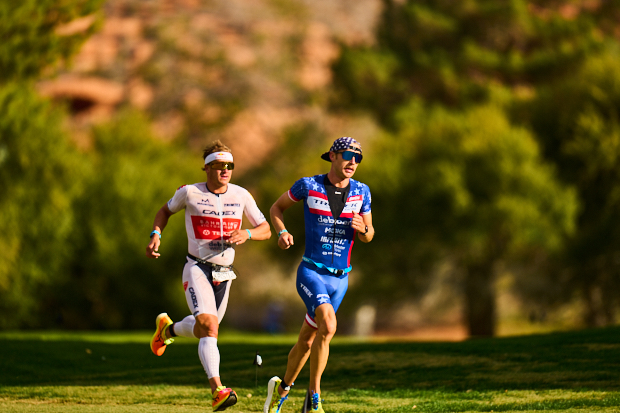
A final note on strategy, the high pace on the bike was a strategic move by some who were actually able to sustain that pace and run well off of it. For others it was disastrous because heroic attempts made to hang in on the bike resulted in an unraveling on the run. Racers such as Kristian Blummenfelt, Ben Kanute, Mika Noodt, and Jackson Laundry were able to continue their vigorous pace through the run while others such as Frederic Funk, Jan Stratmann, and Scott Steenberg weren’t able to maintain the position they worked for on the bike. It is very likely that some of these men with slower runs chose to push the pace on the bike to make up for time they knew they would potentially lose with weaker runs.
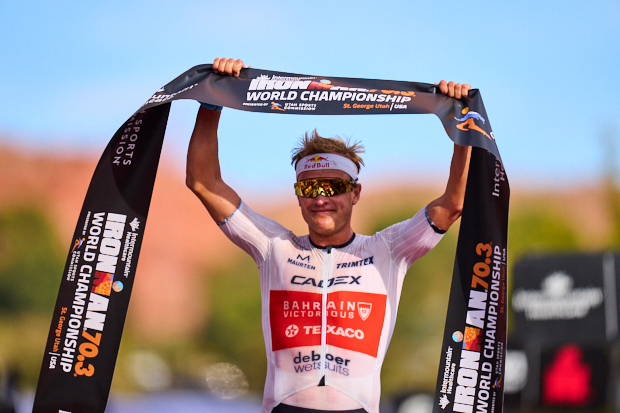
It is exciting to speculate on the future of racing after a high velocity race such as this year’s 70.3 World Championship. The level of play here has notably increased and there is a young crop of new and incredibly talented racers that are elevating the pace and intensity of championship racing. How early some of these athletes are specifying in triathlon, along with the coaches and organizations they chose to align with are already proving to be key reasons the level of racing has increased. With continued advancements in technology and training strategies, it seems we are in a bit of a renaissance phase for how good these athletes can become. We are just at the beginning of how fast triathlon can truly become, and 70.3s are a unique distance almost designed for that challenge.


Start the discussion at slowtwitch.northend.network